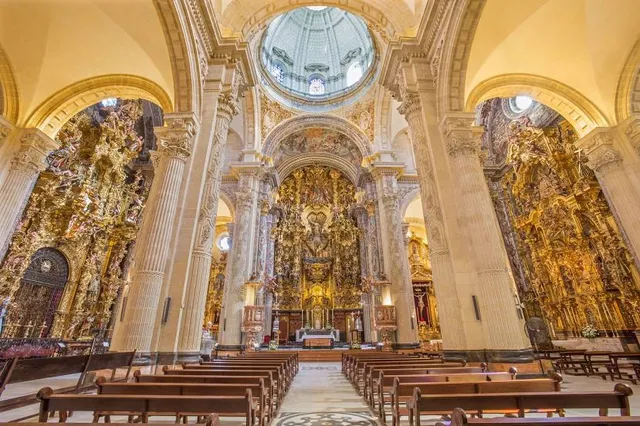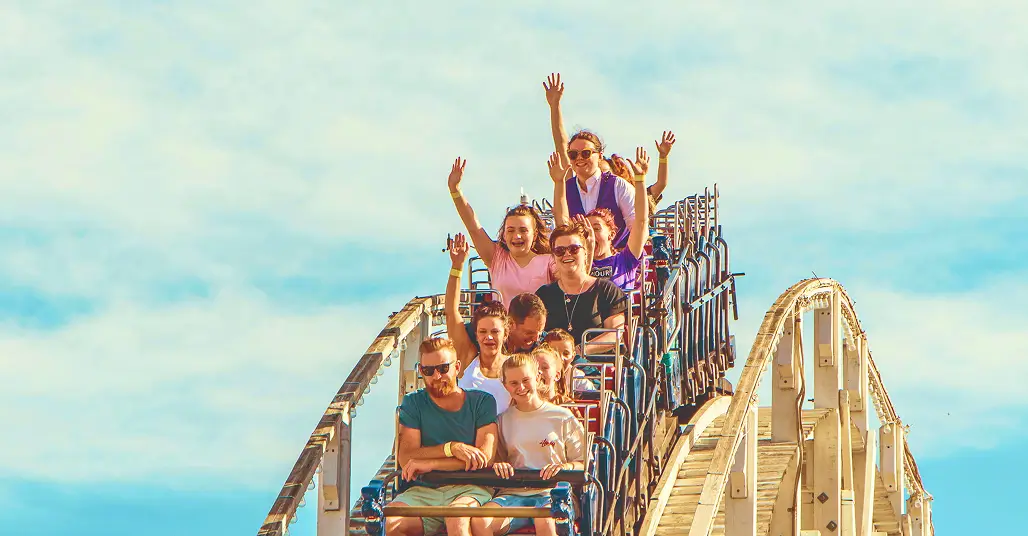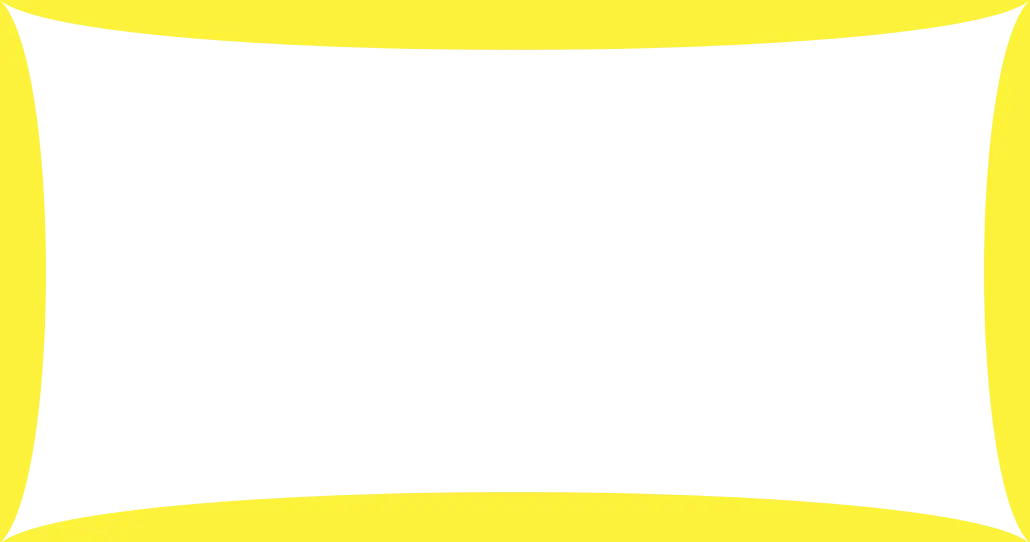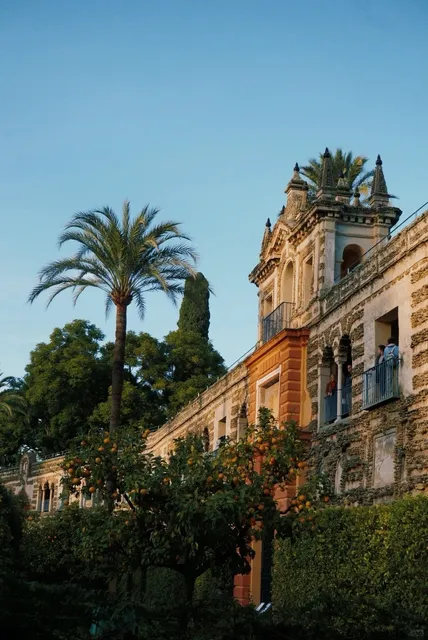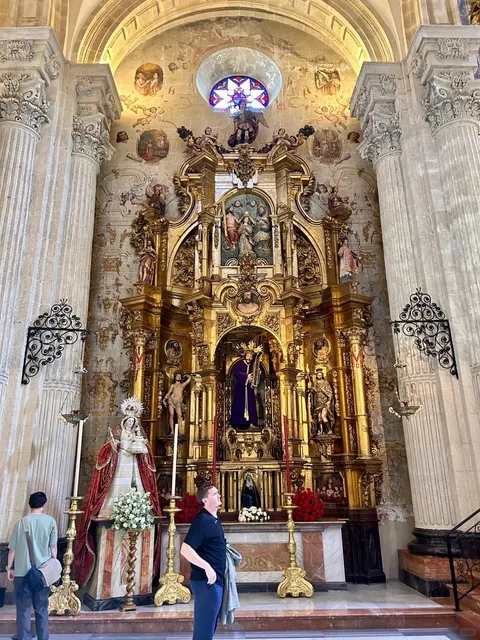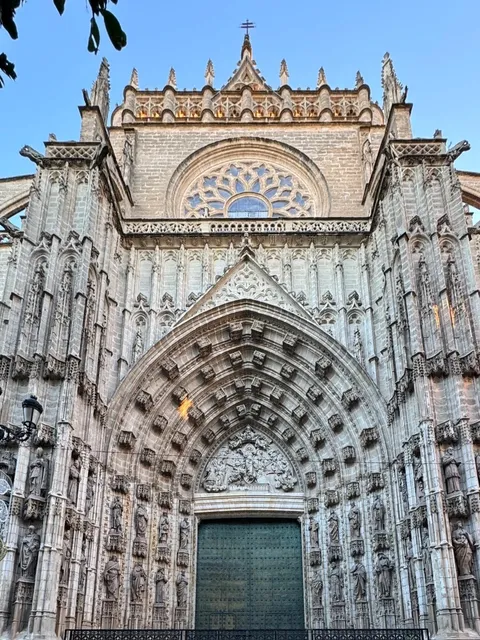Iglesia Colegial del Divino Salvador things to do, attractions, restaurants, events info and trip planning
Basic Info
Iglesia Colegial del Divino Salvador
Pl. del Salvador, 3, Casco Antiguo, 41004 Sevilla, Spain
4.6(4.8K)
Open 24 hours
Save
spot
spot
Ratings & Description
Info
The Church of San Salvador is a church in Seville, Spain. It is the second-largest church in Seville, after the city's cathedral.
Cultural
Family friendly
attractions: Setas de Sevilla, Flamenco Dance Museum, La Giralda, Chapel of San José, Centro Cultural Flamenco "Casa de la Memoria", Palace of the Countess of Lebrija, Teatro Pathé, Monumento a Miguel de Cervantes, Plaza de San Francisco, Parroquia San Isidoro, restaurants: Bar El Comercio, Agustín & Company Bar de Tapas, La Cantina Mexicana, El Pan Nuestro Restaurante - Sevilla, Paco-Pepe Bar, Bar La Alicantina, La Gitana Loca Centro, Bar Sal Gorda, La Escaloná, Tradevo Centro
 Learn more insights from Wanderboat AI.
Learn more insights from Wanderboat AI.Phone
+34 954 21 16 79
Website
iglesiadelsalvador.es
Plan your stay

Pet-friendly Hotels in Seville
Find a cozy hotel nearby and make it a full experience.

Affordable Hotels in Seville
Find a cozy hotel nearby and make it a full experience.
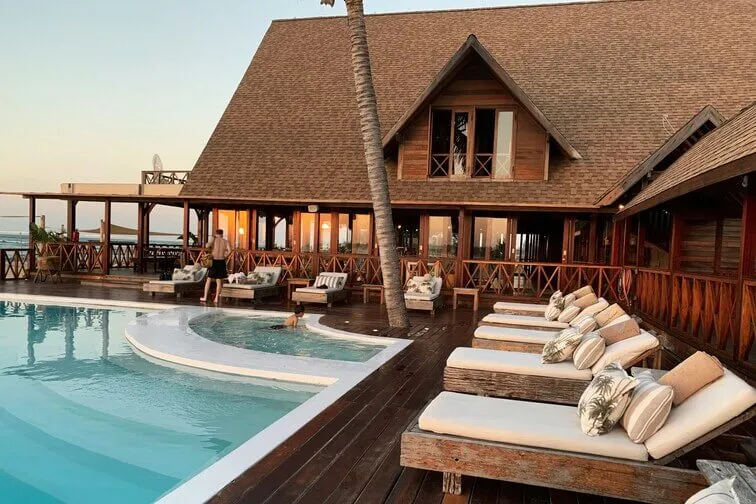
The Coolest Hotels You Haven't Heard Of (Yet)
Find a cozy hotel nearby and make it a full experience.

Trending Stays Worth the Hype in Seville
Find a cozy hotel nearby and make it a full experience.
Reviews
Nearby attractions of Iglesia Colegial del Divino Salvador
Setas de Sevilla
Flamenco Dance Museum
La Giralda
Chapel of San José
Centro Cultural Flamenco "Casa de la Memoria"
Palace of the Countess of Lebrija
Teatro Pathé
Monumento a Miguel de Cervantes
Plaza de San Francisco
Parroquia San Isidoro
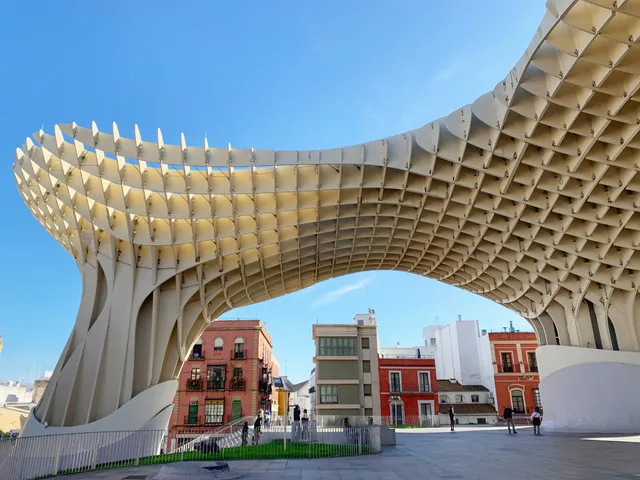
Setas de Sevilla
4.4
(32.8K)
Open 24 hours
Click for details
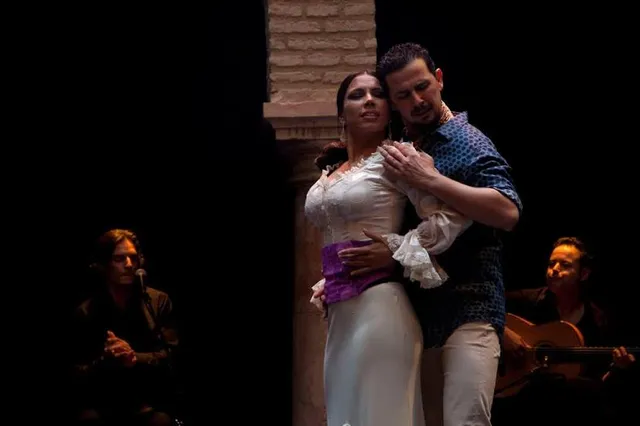
Flamenco Dance Museum
4.5
(2.1K)
Open 24 hours
Click for details

La Giralda
4.7
(19.1K)
Open 24 hours
Click for details
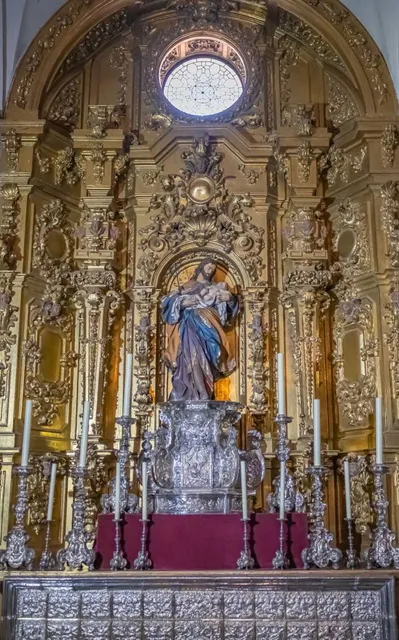
Chapel of San José
4.7
(364)
Open 24 hours
Click for details
Things to do nearby
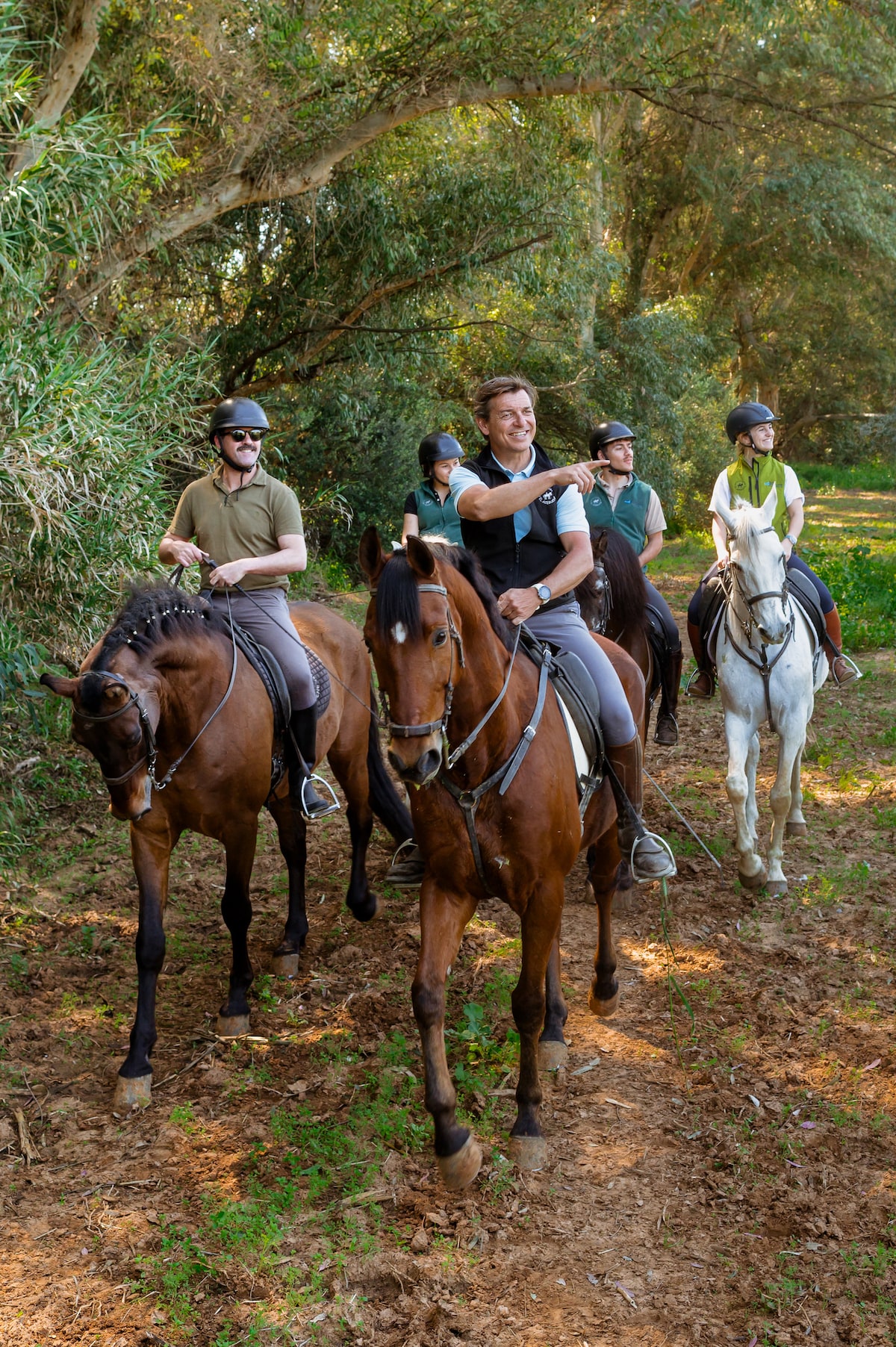
Horseback riding around Doñana National Park
Mon, Dec 22 • 10:00 AM
41110, Sevilla, Andalucía, Spain
View details

Seville: The Genuine Wine & Tapas Tour
Mon, Dec 22 • 6:45 PM
41003, Seville, Andalusia, Spain
View details
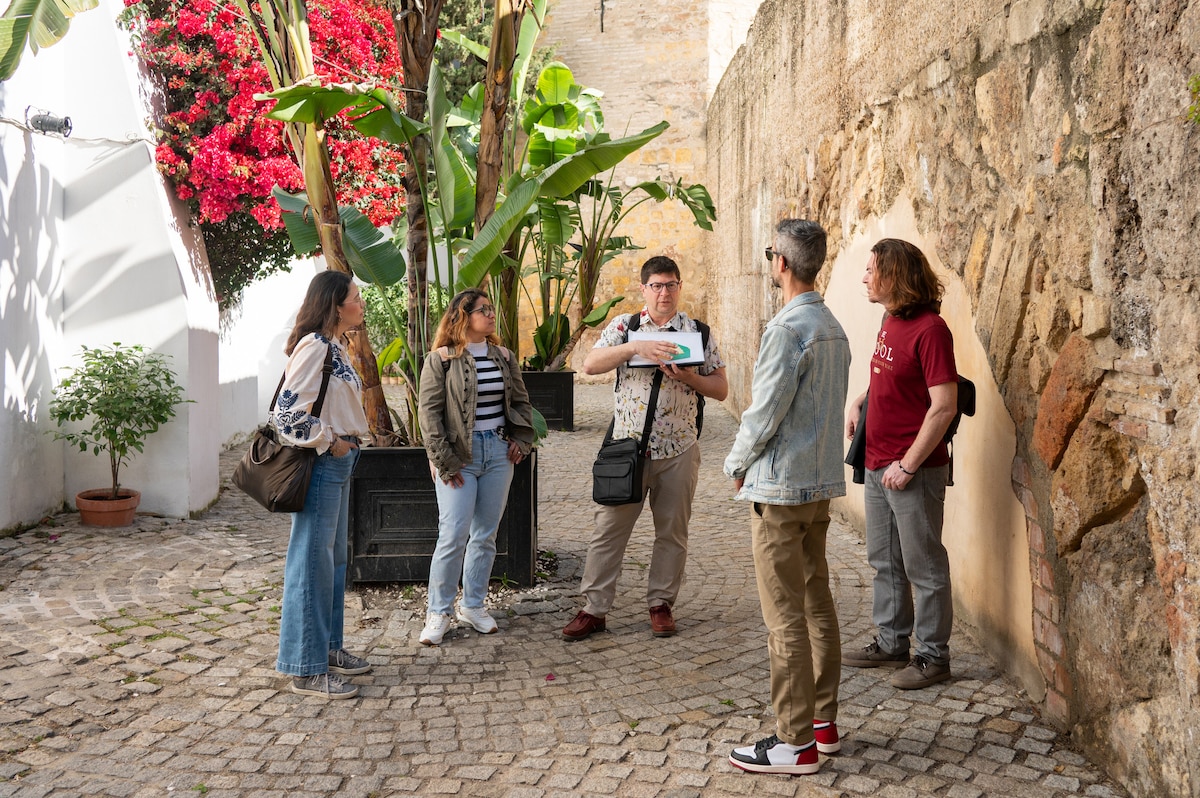
Discover Islamic Seville with a historian
Mon, Dec 22 • 10:00 AM
41004, Seville, Andalusia, Spain
View details
Nearby restaurants of Iglesia Colegial del Divino Salvador
Bar El Comercio
Agustín & Company Bar de Tapas
La Cantina Mexicana
El Pan Nuestro Restaurante - Sevilla
Paco-Pepe Bar
Bar La Alicantina
La Gitana Loca Centro
Bar Sal Gorda
La Escaloná
Tradevo Centro
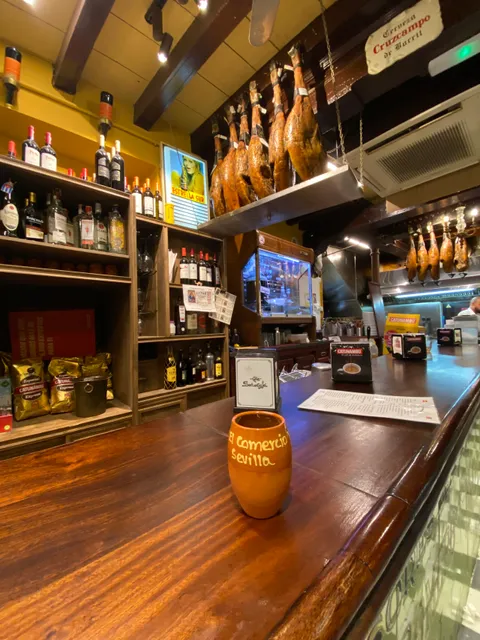
Bar El Comercio
4.4
(2.9K)
Click for details
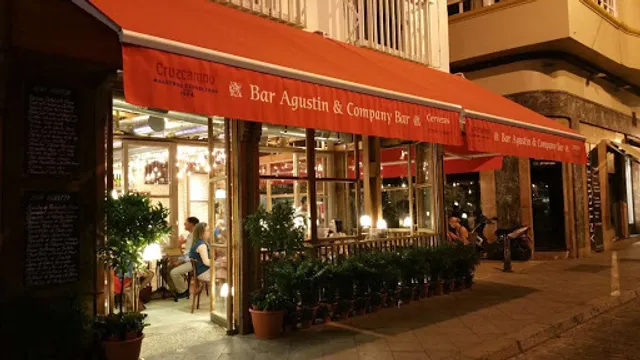
Agustín & Company Bar de Tapas
4.3
(1.6K)
Click for details
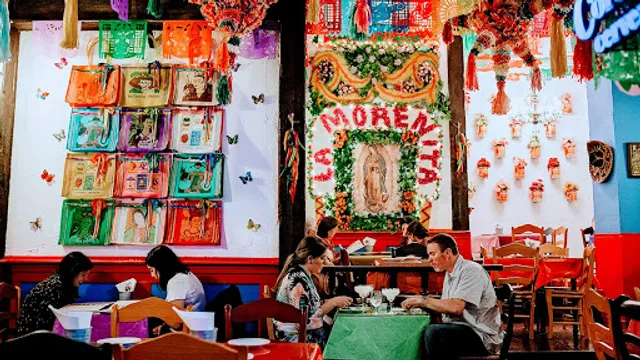
La Cantina Mexicana
4.7
(1.2K)
Click for details
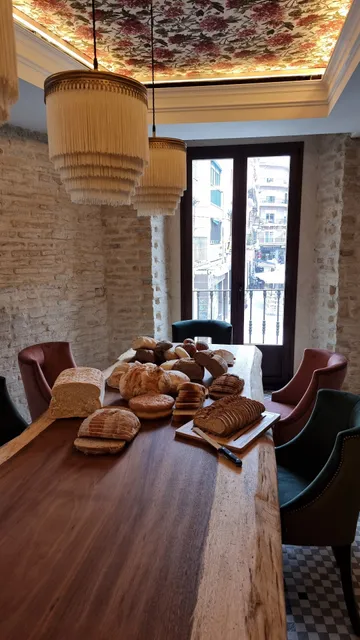
El Pan Nuestro Restaurante - Sevilla
4.4
(836)
$$
Click for details
